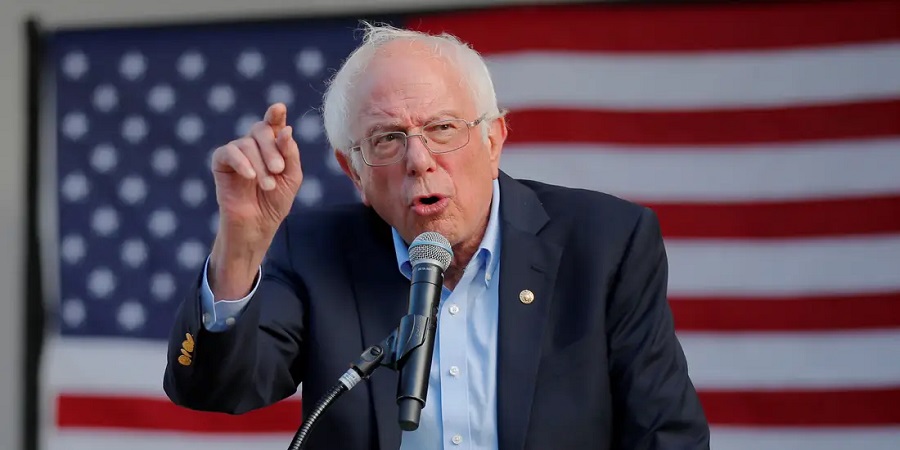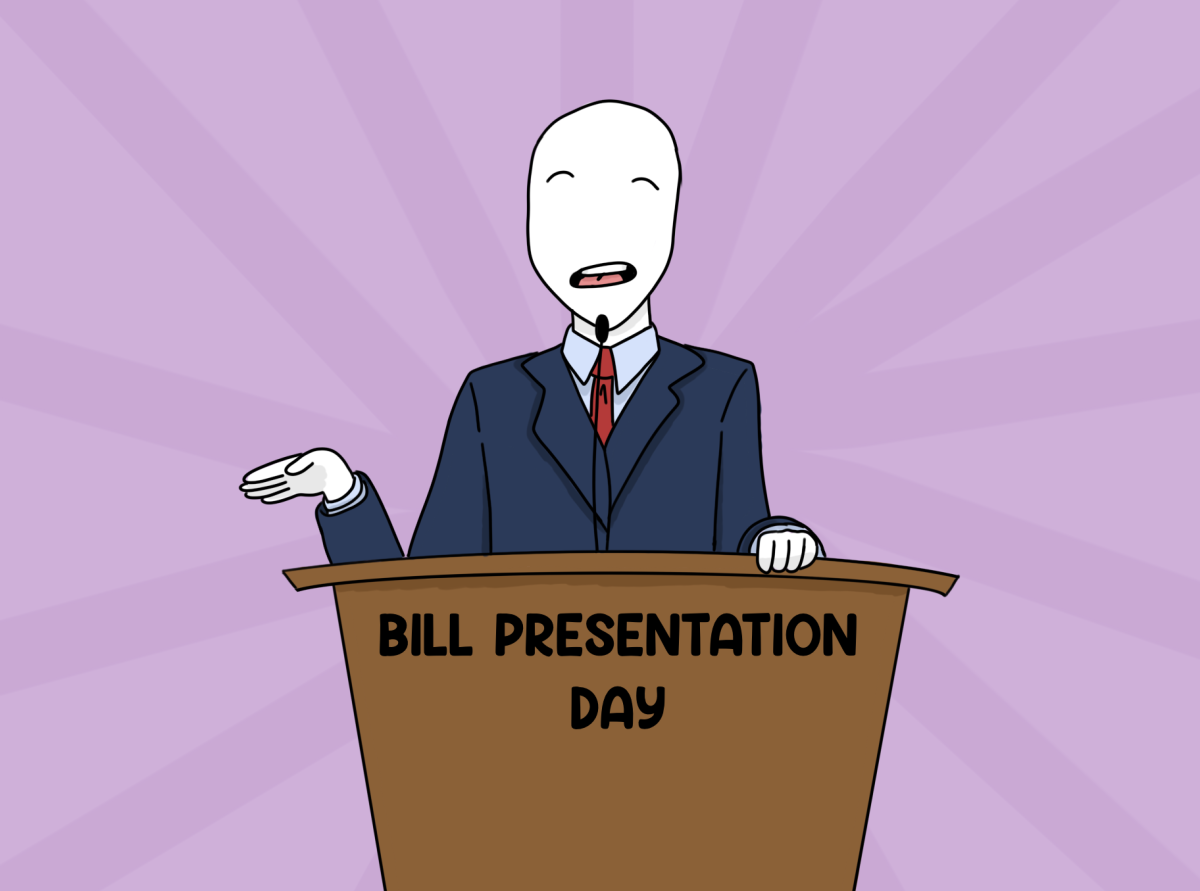What Bernie Sanders means for the Democratic party
September 17, 2020
 What started off with a winning streak for Senator Bernie Sanders–as he won the popular vote in the first three caucuses and primaries–quickly turned into a clear defeat after losses on Super Tuesday. With his continued losses and the emergence of the COVID-19 pandemic, Sanders withdrew from the primary.
What started off with a winning streak for Senator Bernie Sanders–as he won the popular vote in the first three caucuses and primaries–quickly turned into a clear defeat after losses on Super Tuesday. With his continued losses and the emergence of the COVID-19 pandemic, Sanders withdrew from the primary.
Despite his loss, the demographics of the supporters he had shows where the Democratic party will have to move in the future.
While there is a strategy commonly cited by moderate Democrats: to win “moderate republicans,” the data shows that that just doesn’t work. It lowers support from within the party and fails to appeal to republicans and independent voters in the way some claim it to.
Hillary Clinton is the stunning example of this. Running on that strategy Clinton lost to Donald Trump in 2016.
Exit polls from 2016 show that Clinton won the same percent of republicans as Trump did democrats. Trump did this without a strategy of “appealing to democrats” and won by winning independent voters. This being the first time in decades that a republican overwhelmingly won the independent vote.
The strategy of appealing to republicans clearly does not work, and focusing on winning independent voters and bringing new people into politics is the way to win.
So how does this apply to Bernie Sanders?
Sanders consistently won with independent voters in the Democratic primaries. According to exit polls Sanders won a plurality or majority of independent voters in 18 out of the 23 states with exit polling data.
Like in 2016, Sanders won overwhelmingly with young people.
According to exit polls Sanders won a plurality, or majority, of voters ages 17 or 18 to 44 in all but 2 of the 23 states with exit poll results. In seven of those states he won a 60 or even more than 70 percent majority.
This shows broad appeal accross two generations of voters. These voters will be the face of the party in terms of activism and leadership in years to come.
Another emerging demographic in the nation isn’t determined by age, it’s ethnicity. While Joe Biden won the vote of black Americans by far, Sanders won the asian and hispanic vote to a similar degree.
While many exit polls couldn’t predict support of candidates by ethnicity for hispanics due to small sample sizes or a small population of that group, the states that were able to hold large hispanic populations.
In states like Texas, Nevada and California Sanders won a large plurality of hispanic Americans. In California, the ever important democrat stronghold, hispanics account for about 39 percent of the population. Sanders won 51 percent of their vote there. Sanders also won a plurality of the hispanic vote in Massachusetts and Michigan.
Hispanic Americans will inevitably gain political power as their population increases.
According to the US Census Bureau, the hispanic population is predicted to be a fifth of the population by 2025. Most of this growth will occur in the southern and western regions–regions that are increasingly “in play” for Democrats.
Beyond his supporters, the direct support for his policies shows a shift in the awareness of the issues and beliefs Sanders has raised in this and past elections.
Two of the main issues Sanders focused on this election cycle were tuition free public college and medicare for all.
According to exit polls from the six states that polled the question, a resounding majority of democrats support making public college tuition free, with an average of 72 percent, and it highest in Texas, with 76 percent.
Other polls show the support for the policy among all Americans. A Bankrate poll found that 62 percent of Americans–republican, democrat and independent– support tuition free public college and eliminating student debt.
Support for Medicare for all is also high.
According to a Kaiser Family Foundation tracking poll, support for Medicare for All was at 56 percent in January of 2020.
Exit polls found a majority of democrats supported medicare for all in all but two states, with the highest majority (73%) in Vermont and 69 percent in Maine.
Notwithstanding, the success of Sanders’ beliefs in terms of campaign finance shows the plausibility of success of candidates like him. Sanders’ standard of not taking corporate super PAC money meant his campaign would completely rely on individual small dollar donations.
Of all the top tier candidates running for the presidency Sanders by far raised the most money.
According to FEC campaign filings, after Sanders dropped out Joe Biden had raised a total of $178 million for his campaign. Bernie Sanders raised a total of $202 million just from individual contributions.
This shows that running a campaign financially based solely on individual contributions is possible, and even more reliable than other methods.
These points clearly show that the political ideology of Bernie Sanders, in terms of policy support and campaign methods, is the future of the Democratic Party.
Other progressives similar to Sanders have showed they can win as well. Some of the most prominent progressive congresspeople fended off heavily funded primary challenges this election cycle. Alexandria Ocasio-Cortez being the most well known.
Recent congressional primaries showed the limit of the endorsement of party leaders like Speaker of the House Nancy Pelosi. Eliot Engel lost his primary to progressive challenger Jamaal Bowman. And in Massachusets progressive Senator Ed Markey won his primary challenge against Pelosi-backed Joe Kennedy III. Both of those progressives were backed by major progressives like Ocasio-Cortez, which suggests that progressive policies mean more than major endorsements.






































